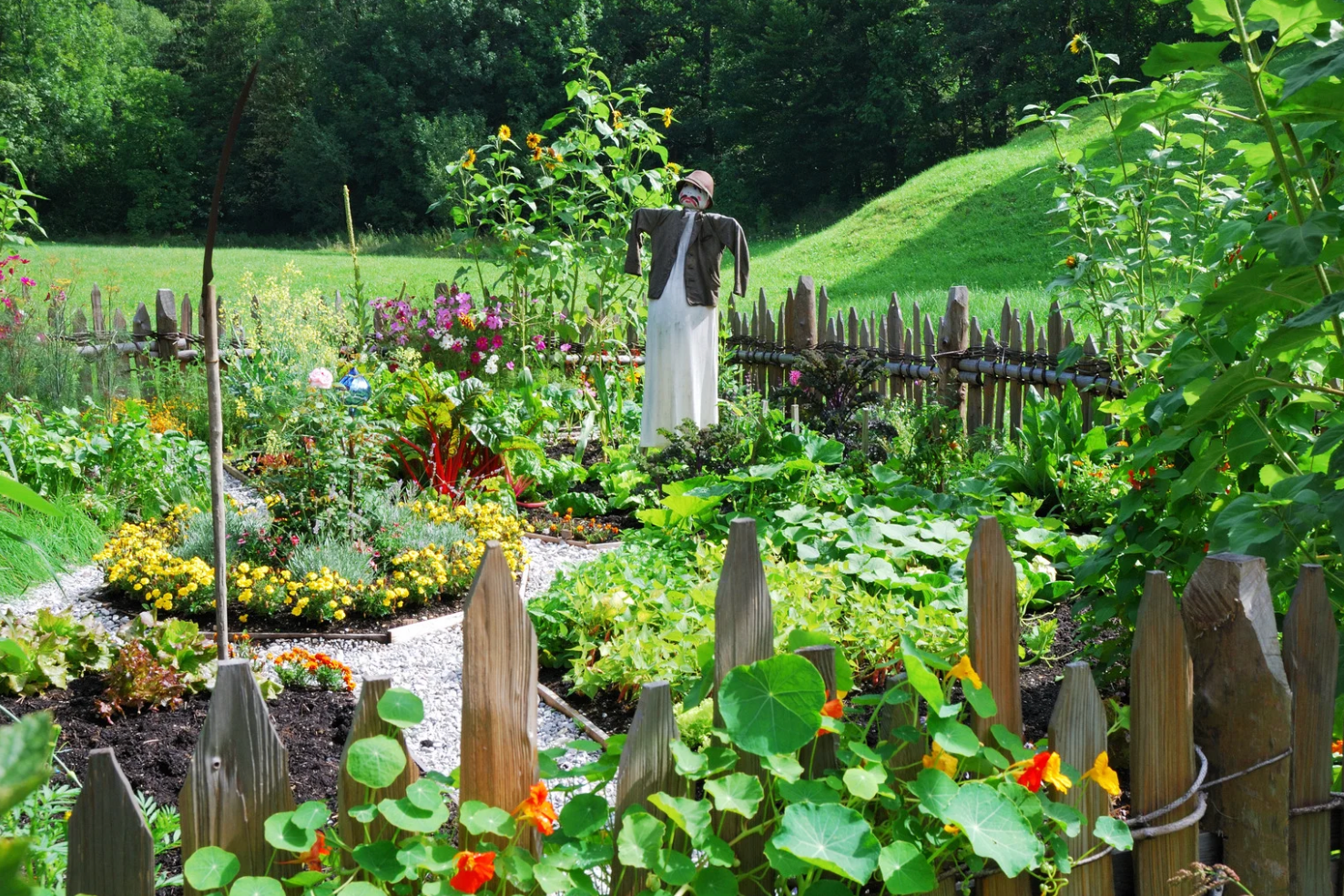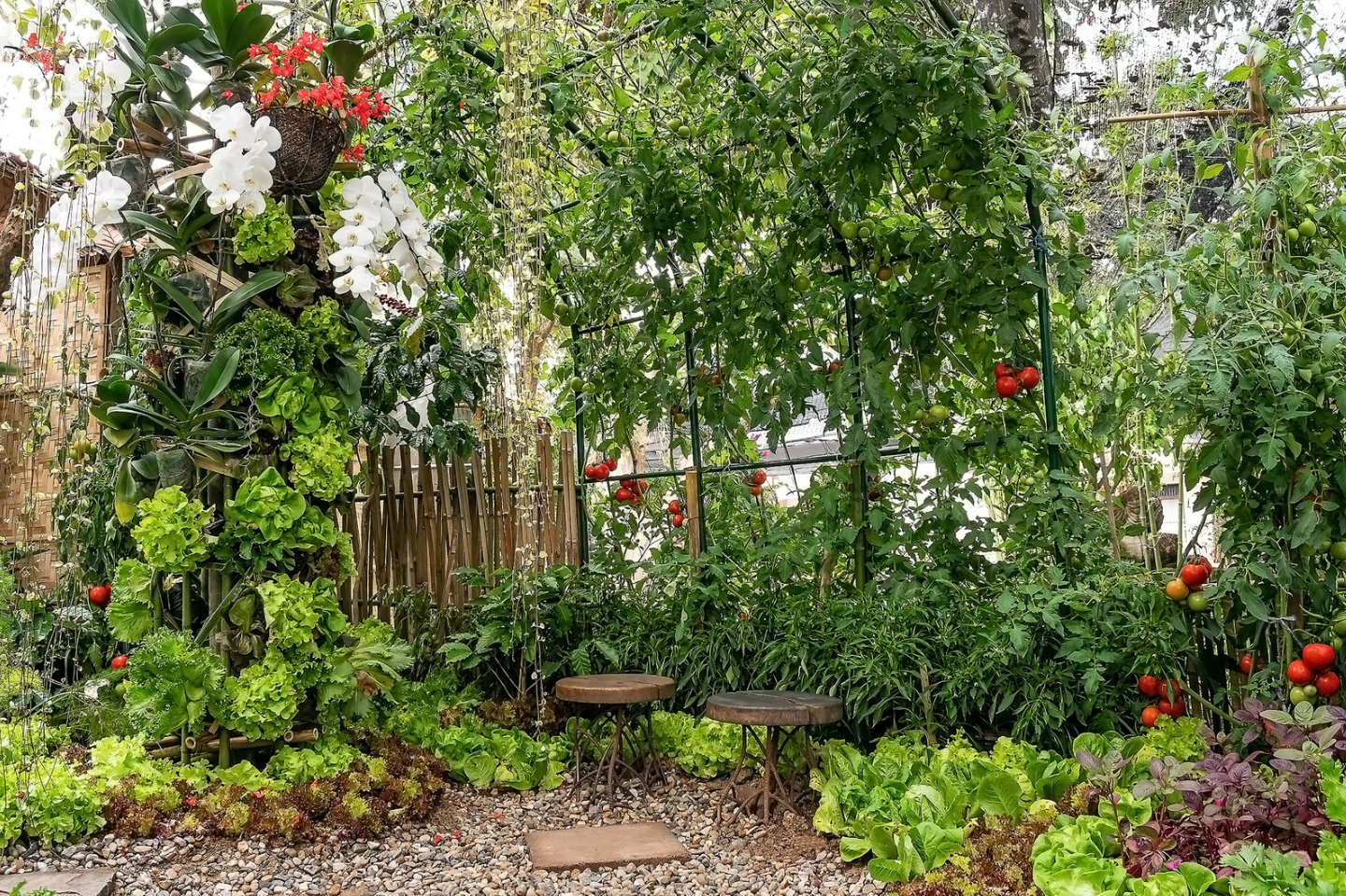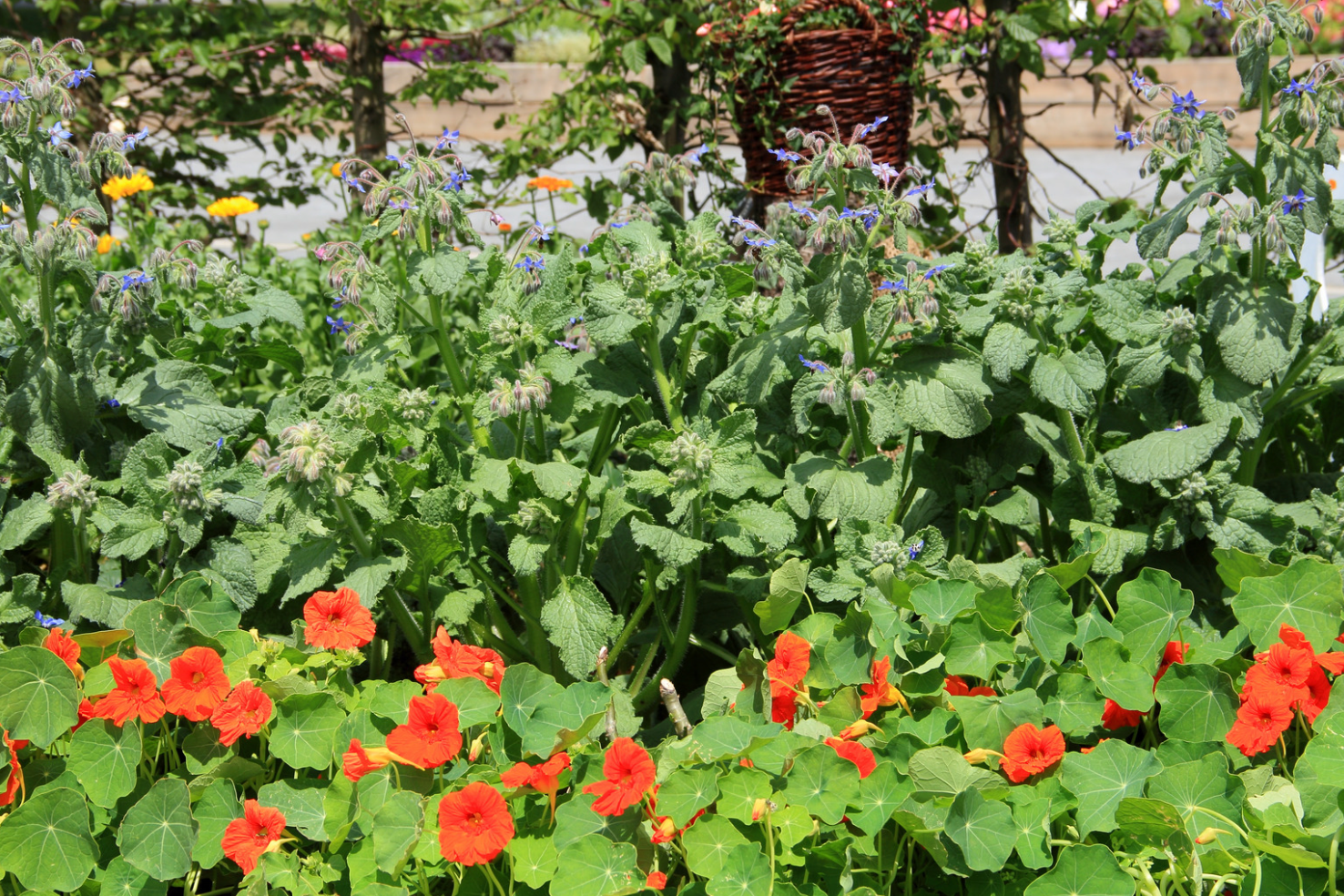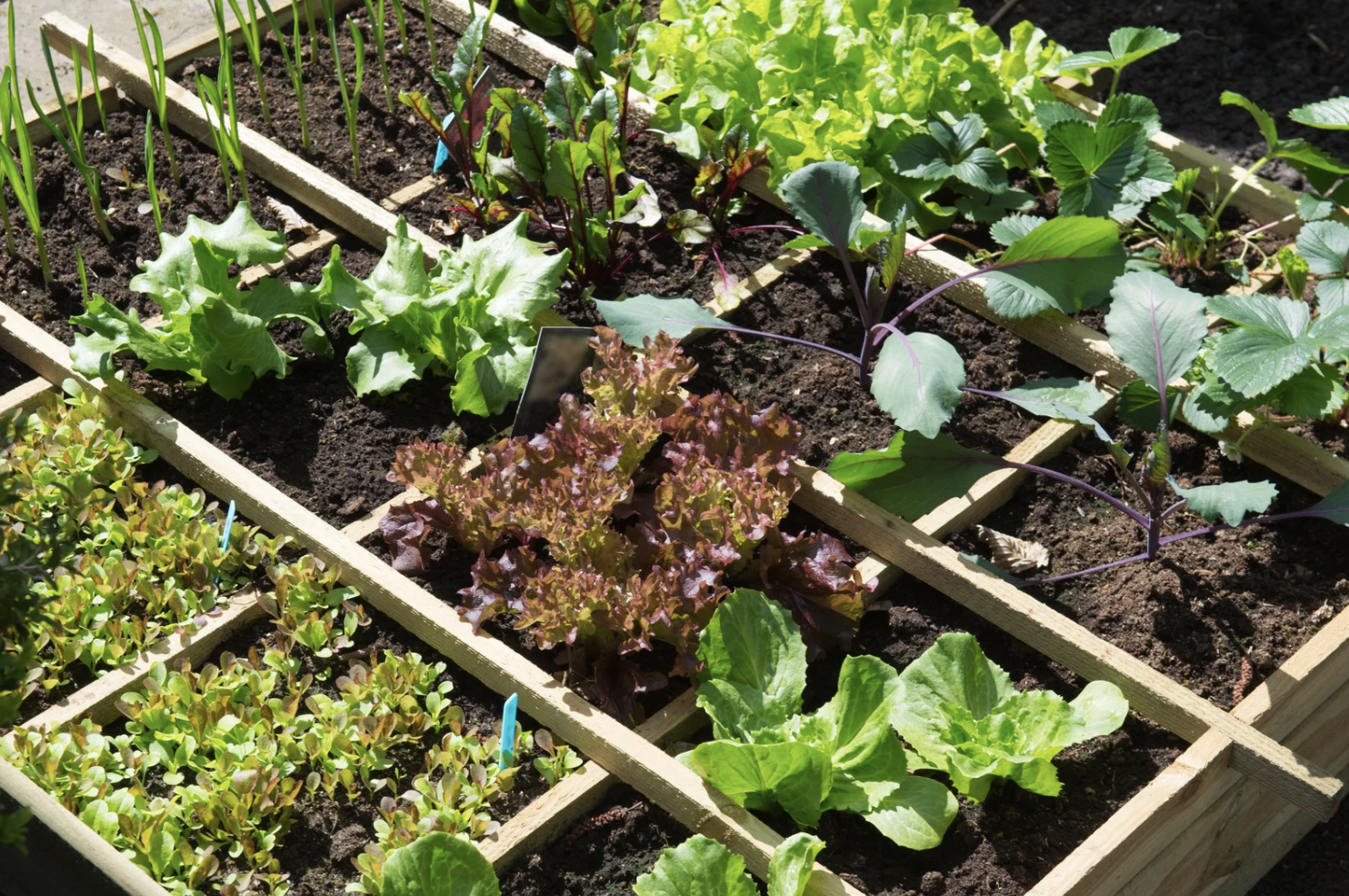The Surprising Legacy of the Victory Garden
Let’s rewind to a time when nylons were scarce, radio jingles were catchy, and everyone knew how to grow a decent beet. Welcome to the world of the Victory Garden—a green-thumbed movement that sprouted during World War I and came back in full bloom during World War II.
These weren’t your trendy raised beds full of kale and edible flowers. Nope - Victory Gardens were a matter of national pride, self-sufficiency and survival.
A Garden With a Purpose
Victory Gardens first took root in 1917, when the U.S. government encouraged citizens to grow their food to send to Europe to ease pressure on the dwindling food supply during World War I. Called War Gardens, it was the least Americans could do while their loved ones were away. If you want to learn more, here’s an interesting article all about the creation of the War Garden - Victory Gardens in World War I.
Fast forward to World War II, and the U.S. again was faced with a growing food shortage and a hungry population. So, the U.S. government reintroduced the War Garden concept, renaming the gardens Victory Gardens. The end game was for the U.S. to become a stronger and healthier nation. Impressively, Mickey Mouse, Batman, Superman, Vice President Henry Wallace and First Lady Eleanor Roosevelt all were victory gardeners.
At the height of the movement, over 20 million victory gardens were blooming across the U.S. - in backyards, city rooftops, schoolyards and even public parks. It seems it was very patriotic to plant your own peas. You can read more about the revival of the Victory Garden here - Victory Gardens on the World War II Homefront.
In the Garden
Victory Gardens weren’t fancy, but they were practical and productive. You’d typically find staples like beans, carrots, lettuce, beets, peas, spinach, tomatoes and squash. Fruits like strawberries or rhubarb occasionally made a cameo appearance, but the focus was on nutrient-dense, easy-to-grow vegetables that could be eaten fresh, canned or stored. Composting? That was just called common sense.
Community, Camaraderie & Cabbage
Victory Gardens didn’t just feed families - they nourished communities. In neighborhoods across the country, gardening became a social event. People traded seeds over fences, swapped canning recipes and shared their surplus harvest with neighbors. Garden clubs popped up. Children learned to grow their own carrots in schoolyards. Even apartment dwellers found ways to grow lettuce on windowsills. There was an unspoken sense of solidarity: We’re all in this together, one tomato at a time.
These gardens fostered something that extended beyond the rows of beans and cabbage—a sense of purpose and belonging. In the face of fear and scarcity, tending to a garden was a daily act of hope and resilience. It gave people a tangible way to contribute to the greater good. And when people saw their neighbor’s backyard bursting with zucchini and chard, it inspired them to roll up their sleeves and dig in, too.
Reimagined as a Wellness Garden
Now let’s jump to today, and you’ll find the Victory Garden’s DNA in modern wellness gardens. While we may no longer be worried about food rations, we are concerned about stress, chronic inflammation, environmental toxins and reconnecting with something real.
Instead of wartime rations, we now grow anti-inflammatory herbs like calendula, rosemary, and peppermint, immune-boosting greens and mood-lifting edible flowers. And just like before, the garden provides more than food - it offers therapy, mindfulness and a bit of dirt under your fingernails (which science says is good for you).
Digging Into Wellness
By planting your own herbs, veggies and healing plants, you're not just growing food - you’re cultivating resilience, calm and natural ways to reduce stress and inflammation. It’s a throwback to a simpler time, with a modern wellness twist.
Your garden doesn’t need to be big or perfect. A few pots on a patio, a sunny window or a corner of your yard can become your personal victory over stress and fatigue, and help increase your overall well-being.
A Little Surprise
Now just for fun, I’ve got a little surprise for you. I just so happen to own a copy of The Victory Garden Cookbook, published in 1982 by Marian Morash. This cookbook was the result of the popular television series “The Victory Garden” (originally “Crockett’s Victory Garden”) that first aired in 1975. This cookbook is a serious vegetable encyclopedia and you can still find a copy on Amazon - just click HERE.
Not only does this book cover just about every veggie you can think of, the author offers huge tips that are still very relevant for those of us who cook, like - “freshly harvested vegetables cook faster than storage vegetables,” and “clarified butter is invaluable for sautéing without browning,” and (my favorite) when cooking with wines “don’t make do with cheap ones . . . they will spoil a dish just as they will leave a bad taste in your mouth.”
Really Good Onion Soup
So here’s a little special share from the Victory Garden Cookbook - a very classic onion soup recipe - but with a little twist.
3 lbs onions
4 tbsp butter
1 tbsp oil
1 tsp sugar
Salt
3 tbsp flour
2 qts beef broth
3/4 to 1 cup dry vermouth or white wine
Freshly ground pepper
1/4 cup cognac (this is optional)
Toasted French bread croutons (recipe is in the cookbook)
Grated Swiss cheese
Finely slice all the onions. Melt the butter and oil together in a heavy saucepan, stir in the onions and cover the saucepan. Slowly cook the onions, stirring once or twice. Uncover and stir in the sugar. Cook about 30 minutes longer until the onions turn a rich brown color. Add the flour and cook (stirring) for another 2 to 3 minutes. Remove from heat and whisk in the broth and vermouth. Bring to a boil, lower the heat and simmer (partially covered) for about 30 minutes. Season with salt and pepper, and stir in the cognac if using. Top with croutons and sprinkle (lavishly) with grated cheese.
And now for the twist: Gratineed Onion Soup. Butter a large ovenproof tureen (or smaller individual tureens). Place a layer of croutons in the tureen. Cover with about 1/4 lb sliced Swiss cheese, pour in the soup, top with more croutons and sprinkle with 1 cup grated Swiss cheese combined with 1/4 Parmesan cheese. Drizzle with a tbsp of melted butter or olive oil. Bake at 425 degrees Fahrenheit for 30 minutes.
You can find this recipe on page 181 of the Victory Garden Cookbook.








